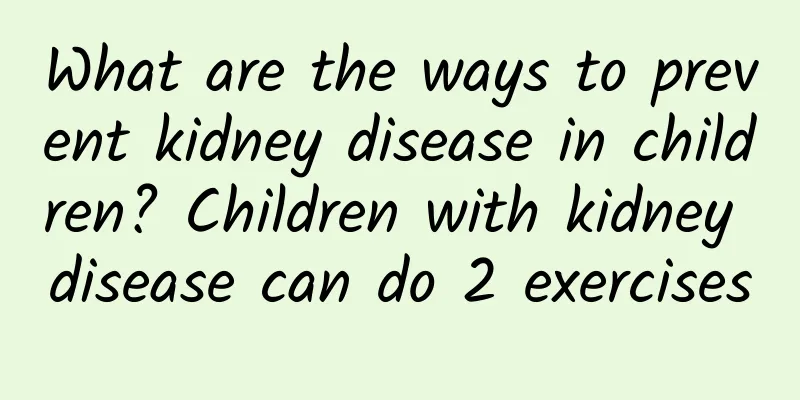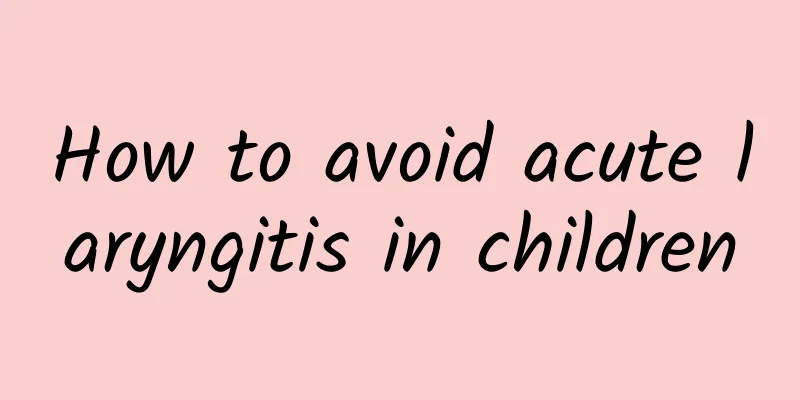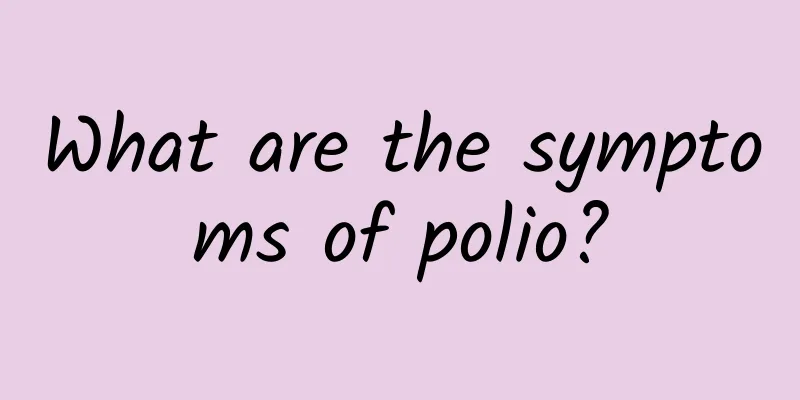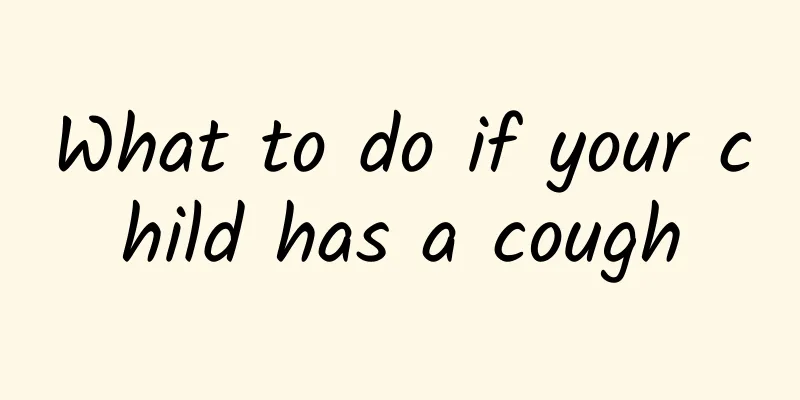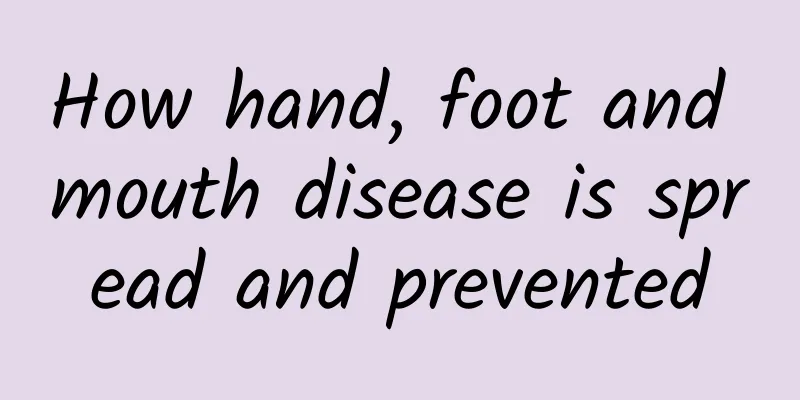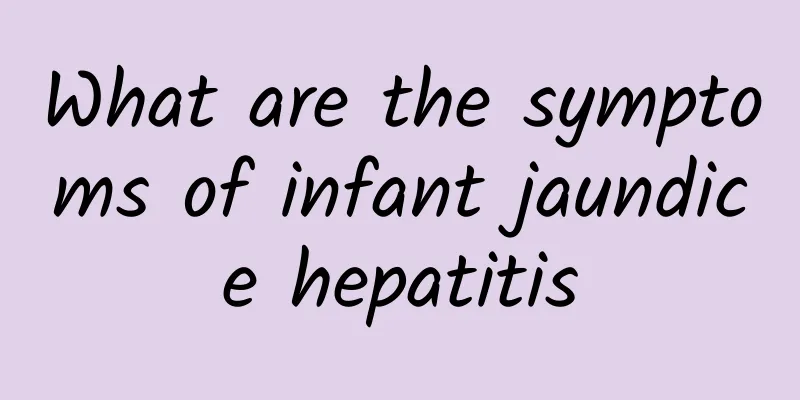Is hand, foot and mouth disease in children highly contagious?
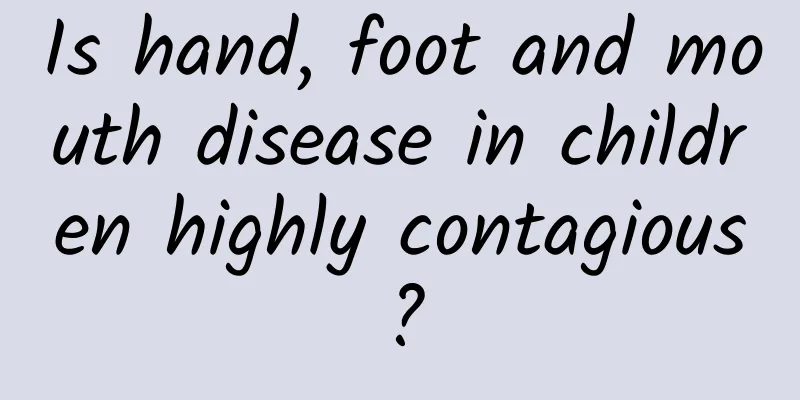
|
Hand, foot and mouth disease in children is highly contagious. It is a common infectious disease caused by enteroviruses such as Coxsackie virus and enterovirus 71. It is mainly transmitted through droplets, contact with patient secretions or contaminated objects. It is very important to take preventive measures and seek medical treatment early. 1Why is hand, foot and mouth disease highly contagious? The high infectiousness of hand, foot and mouth disease is closely related to its wide range of transmission routes and the characteristics of the virus. It is generally transmitted through droplet contact, the patient's saliva, nasal mucus and other respiratory secretions, or indirect contact with contaminated food, toys, towels and other items. The incubation period of this disease is about 3 to 7 days. During the incubation period, the infected person may not have obvious symptoms, but still has the ability to spread. Therefore, many parents tend to ignore early protection, allowing the virus to spread rapidly among young children. 2How to prevent hand, foot and mouth disease infection Parents need to pay special attention to their children's hygiene and living environment. Keep your hands clean: teach your children to wash their hands thoroughly with soap before meals, after going to the toilet, and after going out, especially after touching toys or interacting with other children. Avoid contact with patients: Avoid taking children to crowded places, especially places where collective infections are prone to break out, such as kindergartens. If a child has been infected, he or she should be isolated immediately to avoid contact with other children. Disinfect the environment regularly: including toys, tableware, towels, bed sheets and other items, and clean them with chlorine-containing disinfectants to reduce possible virus residues. 3 Treatments for hand, foot and mouth disease At present, there is no specific antiviral drug for hand, foot and mouth disease, and symptomatic treatment and supportive therapy are the main treatments: Antipyretic and analgesic drugs: For patients with persistent high fever or pain caused by hand, foot and mouth ulcers, children's acetaminophen or ibuprofen can be taken. Drink more fluids: Avoid oral ulcers that cause difficulty in eating and lead to dehydration in children. If necessary, choose electrolyte-rich rehydration oral solution. Topical medications that promote healing: You can use medications such as lidocaine gel to relieve oral ulcers or pain, but you must follow your doctor's advice before use. The peak period for hand, foot and mouth disease is usually in spring and summer, especially from April to July. Parents need to pay special attention. If children have serious symptoms, such as persistent high fever, lack of energy, convulsions or shortness of breath, they should seek medical attention immediately. Hand, foot and mouth disease is indeed highly contagious, but good hygiene habits and timely isolation can effectively reduce the chance of infection. Once infected, you should follow the doctor's advice for symptomatic treatment, pay attention to monitoring changes in the condition, and take measures to control the development of the disease as soon as possible. |
<<: How to treat high jaundice in newborn babies
>>: Is pathological jaundice harmful to newborns?
Recommend
What are the symptoms of cold in children
Symptoms of a cold in children include runny nose...
Can pneumonia in children be cured?
Whether pneumonia in children can be cured can be...
How to avoid diarrhea in children
There are many reasons for pediatric diarrhea, su...
How to treat chronic cough in children
Chronic cough in children mainly needs to be trea...
What food should babies eat when they have diarrhea? What food should children eat when they have diarrhea?
Baby diarrhea is a common disease, mainly caused ...
What medicine is better for a 6-month-old baby with a cough? How to take care of a 6-month-old baby with a cough on a daily basis
A 6-month-old baby can take some antibiotics or c...
What to do if your child can't cough up phlegm
When children are young, they usually don't c...
What can children with mumps eat
Children with mumps can relieve symptoms by eatin...
What are the routine examinations for acute laryngitis in children?
What are the routine examinations for acute laryn...
How to detect polio
Poliomyelitis, also known as poliomyelitis, is an...
How to reduce high jaundice in newborns
Neonatal jaundice can be reduced through general ...
What to do with acute mumps in children
Acute parotitis in children first needs to be dia...
Is the probability of curing diarrhea in children high?
Every year when the seasons change, some children...
What are the symptoms of baby pneumonia? Four common symptoms of childhood pneumonia
What are the symptoms of baby pneumonia? There ar...
What are the early symptoms of neonatal jaundice and cerebral palsy
Neonatal cerebral palsy due to jaundice refers to...
